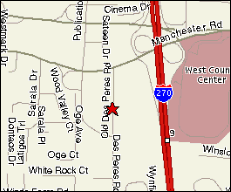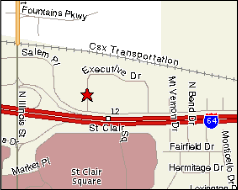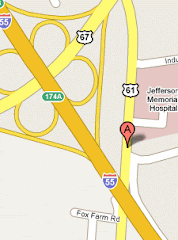 Scientists at the California Institute of Technology have deciphered the activity of an area of the brain that could one day prove vital in the development of neural prostheses--within-the-brain implants that would translate thought into movement in paralyzed patients. The results of this study were published as the featured article in the November 8 issue of Neuron...
Scientists at the California Institute of Technology have deciphered the activity of an area of the brain that could one day prove vital in the development of neural prostheses--within-the-brain implants that would translate thought into movement in paralyzed patients. The results of this study were published as the featured article in the November 8 issue of Neuron...
The experiment shows that it is "the monkey's own choice that activates these areas," says Cui, and not the sensory stimuli provided by the visual target it sees on the computer screen. This finding is significant, Andersen says, because "this is the earliest stage in the brain found so far that is actively related to movement plans." ...
The lab is working toward the development of implanted neural prosthetic devices that would serve as an interface between severely paralyzed individuals' brain signals and their artificial limbs--allowing thoughts to control movement. To assist in designing a more optimal prosthetic, they are now examining whether the decision to make a reaching motion is first made in PRR, or is made in another area of the brain and then transferred to PRR to form the movement plan.





No comments:
Post a Comment